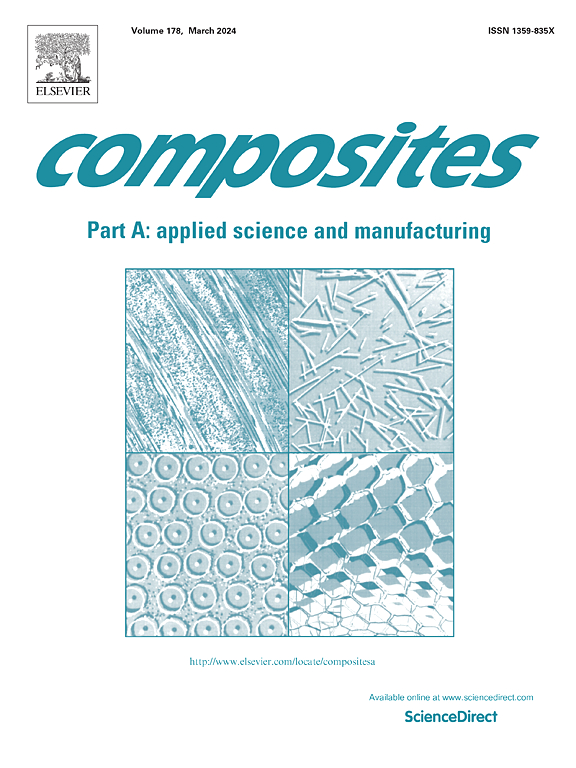A comparison between robust design and digital twin approaches for Non-Crimp fabric (NCF) forming
IF 8.1
2区 材料科学
Q1 ENGINEERING, MANUFACTURING
Composites Part A: Applied Science and Manufacturing
Pub Date : 2025-03-21
DOI:10.1016/j.compositesa.2025.108864
引用次数: 0
Abstract
There is growing interest in adopting digital twin systems within the field of composites manufacturing. However, given the current limitations in measuring variability and accurately simulating complex defects, it remains questionable as to whether the high costs of building a digital twin are justified. In this paper, a case study is conducted on simulation-driven optimisation of the forming of non-crimp fabric (NCF). A robust design strategy (a one-time optimisation that is robust to variabilities of the material and process) is compared with a digital twin approach (active control is conducted based on real-time optimisation, accounting for in-situ measurements of variabilities). An optimisation method based on a Gaussian process (GP) surrogate model, active learning, dimension reduction and gradient boosting is developed. This method enables the optimisation of complex forming processes with a very small dataset, built from large simulation models. Both strategies significantly reduce the wrinkling level and improve process robustness.
求助全文
约1分钟内获得全文
求助全文
来源期刊

Composites Part A: Applied Science and Manufacturing
工程技术-材料科学:复合
CiteScore
15.20
自引率
5.70%
发文量
492
审稿时长
30 days
期刊介绍:
Composites Part A: Applied Science and Manufacturing is a comprehensive journal that publishes original research papers, review articles, case studies, short communications, and letters covering various aspects of composite materials science and technology. This includes fibrous and particulate reinforcements in polymeric, metallic, and ceramic matrices, as well as 'natural' composites like wood and biological materials. The journal addresses topics such as properties, design, and manufacture of reinforcing fibers and particles, novel architectures and concepts, multifunctional composites, advancements in fabrication and processing, manufacturing science, process modeling, experimental mechanics, microstructural characterization, interfaces, prediction and measurement of mechanical, physical, and chemical behavior, and performance in service. Additionally, articles on economic and commercial aspects, design, and case studies are welcomed. All submissions undergo rigorous peer review to ensure they contribute significantly and innovatively, maintaining high standards for content and presentation. The editorial team aims to expedite the review process for prompt publication.
 求助内容:
求助内容: 应助结果提醒方式:
应助结果提醒方式:


